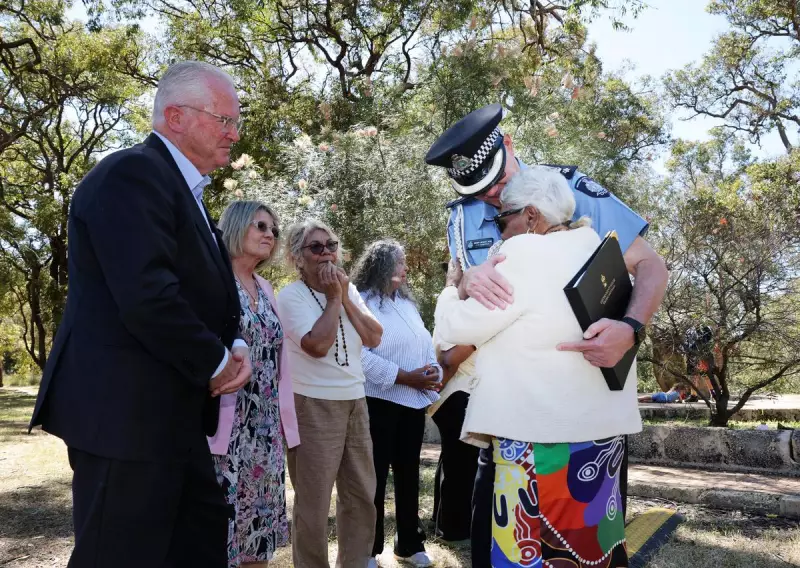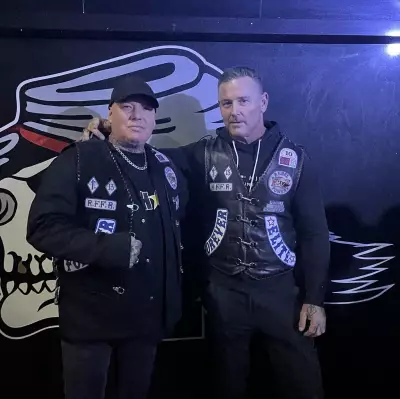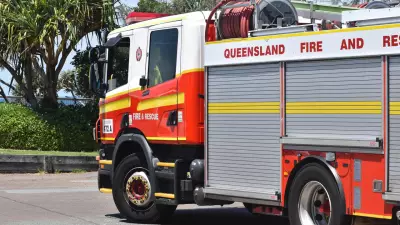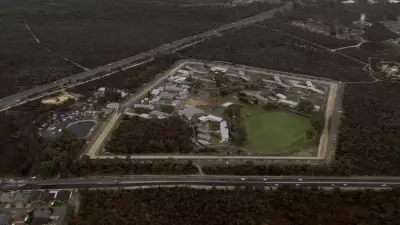
In a move that's being hailed as groundbreaking for Australian reconciliation efforts, the Shire of Murray has delivered what many are calling the nation's first genuine apology for a colonial massacre. The formal apology for the 1834 Pinjarra Massacre represents a significant departure from previous acknowledgments of historical wrongs.
This wasn't just another political gesture - it was a carefully considered act of accountability that involved years of consultation with Traditional Owners and deep community engagement. Unlike many previous apologies that have been criticized for being performative, this one came with concrete actions and a commitment to ongoing truth-telling.
What Makes This Apology Different?
The Pinjarra Massacre apology stands apart because it specifically acknowledges the colonial government's role in the violence that claimed between 15 and 80 Bindjareb Noongar lives. The Shire didn't shy away from naming perpetrators or detailing the brutal reality of what occurred on that fateful day in October 1834.
"This apology matters because it doesn't hide behind vague language or generalities," explains Lanna Hill, who has closely followed reconciliation efforts across Australia. "It names names, details specific actions, and accepts responsibility in a way that's virtually unprecedented in Australian public life."
The Path to Reconciliation
The process leading to the apology was as important as the words themselves. The Shire of Murray engaged in extensive consultation with Bindjareb Noongar Traditional Owners, ensuring the apology reflected their needs and expectations. This collaborative approach created a foundation of trust that's often missing in such proceedings.
Key elements that made this apology effective include:
- Specific acknowledgment of government involvement
- Direct engagement with Traditional Owners throughout the process
- Commitment to ongoing education and memorialization
- Recognition of the massacre's lasting intergenerational impacts
- Plans for tangible follow-up actions and commemorations
A Model for Other Communities
The Shire of Murray's approach provides a potential blueprint for other local governments grappling with how to address historical injustices. By focusing on truth before reconciliation, they've demonstrated that meaningful accountability is possible when communities commit to honest engagement with their past.
"What happened in Murray Shire could transform how Australia approaches its difficult history," notes Hill. "It shows that when local governments lead with courage and commitment, they can create powerful healing opportunities that state and federal initiatives often miss."
The apology represents more than just words - it's a commitment to changing how history is remembered and taught in the region. The Shire has pledged to work with Traditional Owners on memorial projects and educational initiatives that ensure the truth of the Pinjarra Massacre becomes part of the community's shared understanding.
Looking Forward
As Australia continues to debate how best to address its colonial past, the Pinjarra Massacre apology offers a compelling example of what genuine reconciliation can look like at the local level. It demonstrates that true healing begins with uncomfortable truths and that communities have the power to lead national conversations about justice and historical acknowledgment.
The significance of this moment extends far beyond Western Australia, offering hope that other communities might follow Murray Shire's example in confronting difficult histories with honesty, respect, and a genuine commitment to change.





